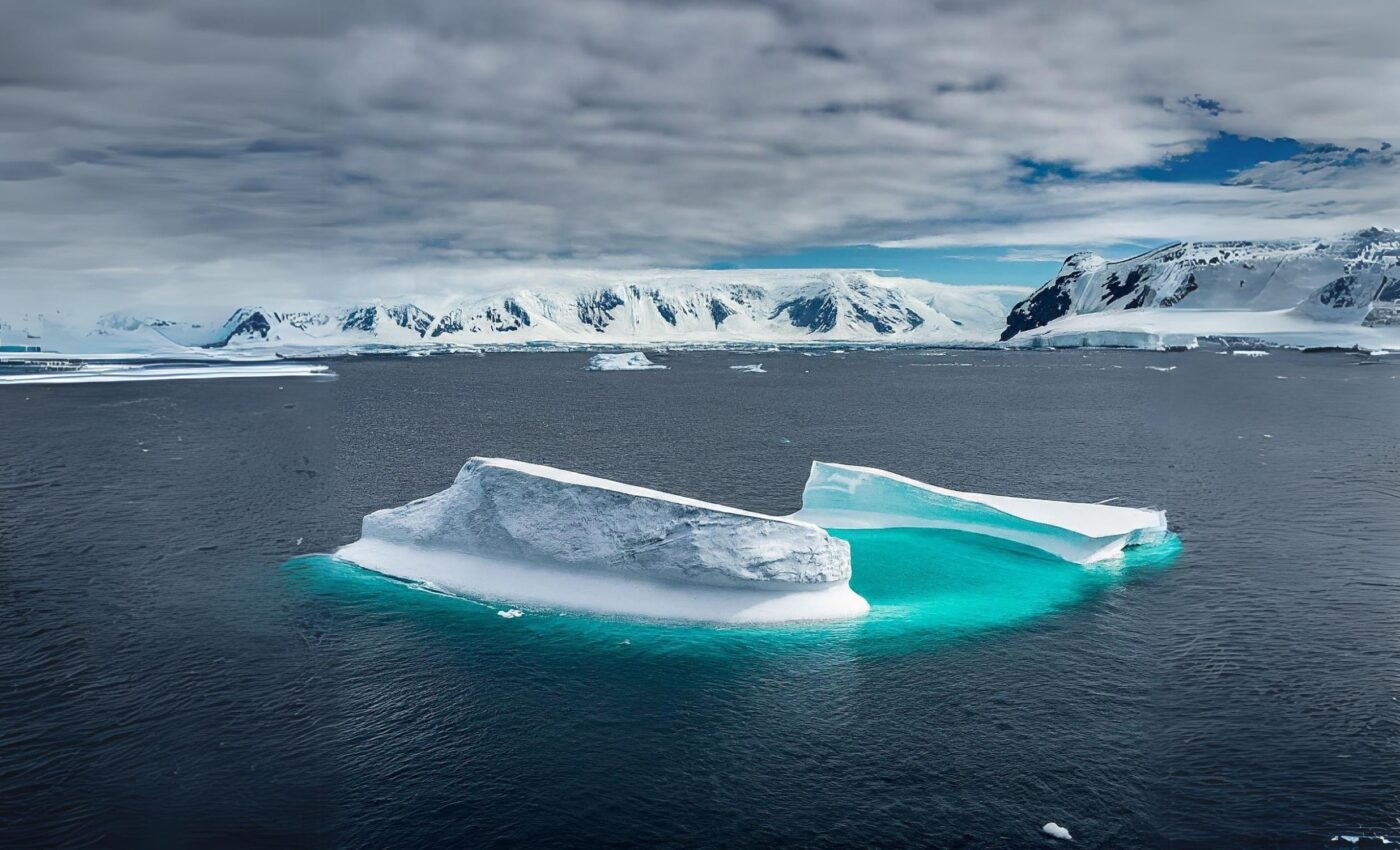
This natural process is making Antarctica's ice melt faster
Have you ever wondered what would happen if coastal cities around the world vanished beneath the waves? It’s a chilling thought, but the melting of the West Antarctic Ice Sheet could put that nightmare scenario within reach. Scientists have just uncovered a troubling cycle that’s accelerating the Antarctica ice melting even faster than we thought, threatening a future where our coastlines are redrawn forever.
The vicious cycle
Ice shelves are vast, floating extensions of the glaciers and ice sheets that cover Antarctica. These immense structures act like protective barriers, helping to slow down the flow of ice from the land into the ocean.
The West Antarctic Ice Sheet is a particularly vulnerable region – much of its base rests below sea level. This low-lying foundation makes it incredibly susceptible to the effects of a hidden, warm-water threat.
Known as the Circumpolar Deep Water (CDW), this deep ocean current possesses temperatures significantly higher than the freezing Antarctic waters. The CDW stealthily flows beneath the West Antarctic ice shelves, steadily melting them from below.
This constant erosion weakens the ice shelves’ structure, potentially destabilizing the entire ice sheet and leading to accelerated ice loss into the ocean.
“This cycle could speed up the melting of ice shelves, potentially making the West Antarctic Ice Sheet less stable in the future,” said Professor Alberto Naveira Garabato from the University of Southampton.
Antarctica’s ice melt creates stronger currents
The melting caused by the warm water intrusion sets off a self-amplifying chain reaction known as a positive feedback loop. In this context, “positive” doesn’t imply a beneficial outcome; rather, it means that the process reinforces itself, spiraling into an increasingly destructive cycle. Here’s how it works:
Melting and mixing
As the CDW erodes the ice shelf from underneath, it mixes with the resulting freshwater melt. This blend of melted ice and seawater has a lower density than the surrounding ocean water.
The buoyancy effect
Driven by its lower density, this lighter meltwater mixture naturally seeks to rise towards the surface. This upward movement has two major consequences:
- It distorts the layer of warm CDW beneath the ice shelf, generating a swirling effect that further destabilizes the ice.
- It seeks out underwater channels and troughs near the coastline. As it flows outwards, it drags along additional warm CDW, exposing even more of the ice shelf to melting.
The runaway effect
This cycle becomes self-perpetuating. The more ice melts, the larger the volume of light “meltwater mix” is generated. This, in turn, strengthens the currents that transport even more warm CDW towards the ice shelf, accelerating the melting process.
Why Antarctica ice melt has baffled scientists
While scientists knew this warm water was causing trouble, they were stumped about what was driving the currents that pushed the warm water towards the vulnerable ice shelves.
Thanks to advanced computer simulations, researchers from the University of California Los Angeles, MIT, and the University of Southampton have cracked the case.
“These simulations reveal that this deep current conveying warm waters toward the ice shelves is driven by the very same ice shelf melting that such warm waters cause,” explained Dr. Alessandro Silvano from the University of Southampton.
Consequences of extreme ice melt in Antarctica
The potential consequences of the entire West Antarctic Ice Sheet collapsing into the ocean are nothing short of catastrophic. This immense ice sheet contains enough frozen water to raise global sea levels by a staggering five meters (around 16 feet). To put that into perspective, this level of sea-level rise would permanently inundate vast swaths of coastal land around the globe.
Major cities, densely populated regions, and vital infrastructure would be severely impacted or disappear underwater. This would trigger forced mass migrations and create humanitarian crises on an unprecedented scale. Crucial agricultural areas would be lost, disrupting global food supplies. Additionally, the altered salinity and composition of coastal waters would devastate marine ecosystems.
It’s important to emphasize that this extreme scenario of total ice sheet collapse would compound the effects of the sea-level rise that’s already underway due to global warming. The threat posed by the West Antarctic Ice Sheet underscores the urgency of addressing climate change and its impacts.
The discovery of this feedback loop highlights the urgency of finding ways to slow or reverse the melting. While complex computer models used by scientists often exclude such processes, this study makes a compelling case for their inclusion.
Understanding the intricate workings of our climate is key to protecting our planet, and studies like this are crucial. Now, it’s up to us to take this knowledge and turn it into meaningful action.
The study is published in the journal Science Advances.
—–
Like what you read? Subscribe to our newsletter for engaging articles, exclusive content, and the latest updates.
Check us out on EarthSnap, a free app brought to you by Eric Ralls and Earth.com.
—–













